I have recently bought a FT2232H mini module breakout board. When I tried to connect it to a computer via usb nothing happened, either on windows or linux. For the latter I checked that the devices listed in lsusb are unchanged. I also checked with two different computers and two different usb wires.
Then I noticed that there is some white dust around all the soldered pins of the chip:


What is this dust ? Is it related to aging of the breakout board (it's written 2010 on the board, not sure if this is related to design or manufacturing) ? And could this make shortcuts among the pins and be the reason of the chip failure ?